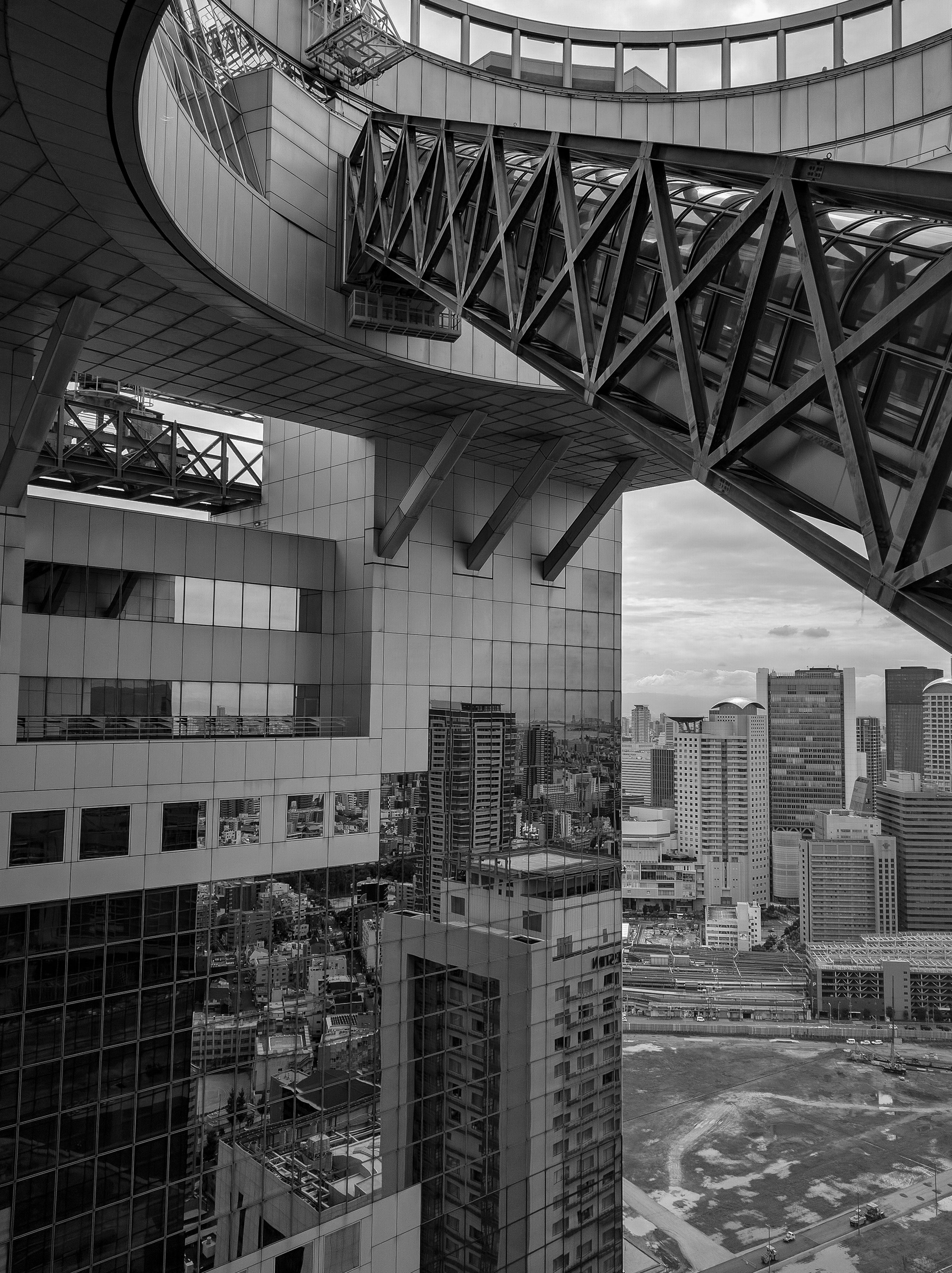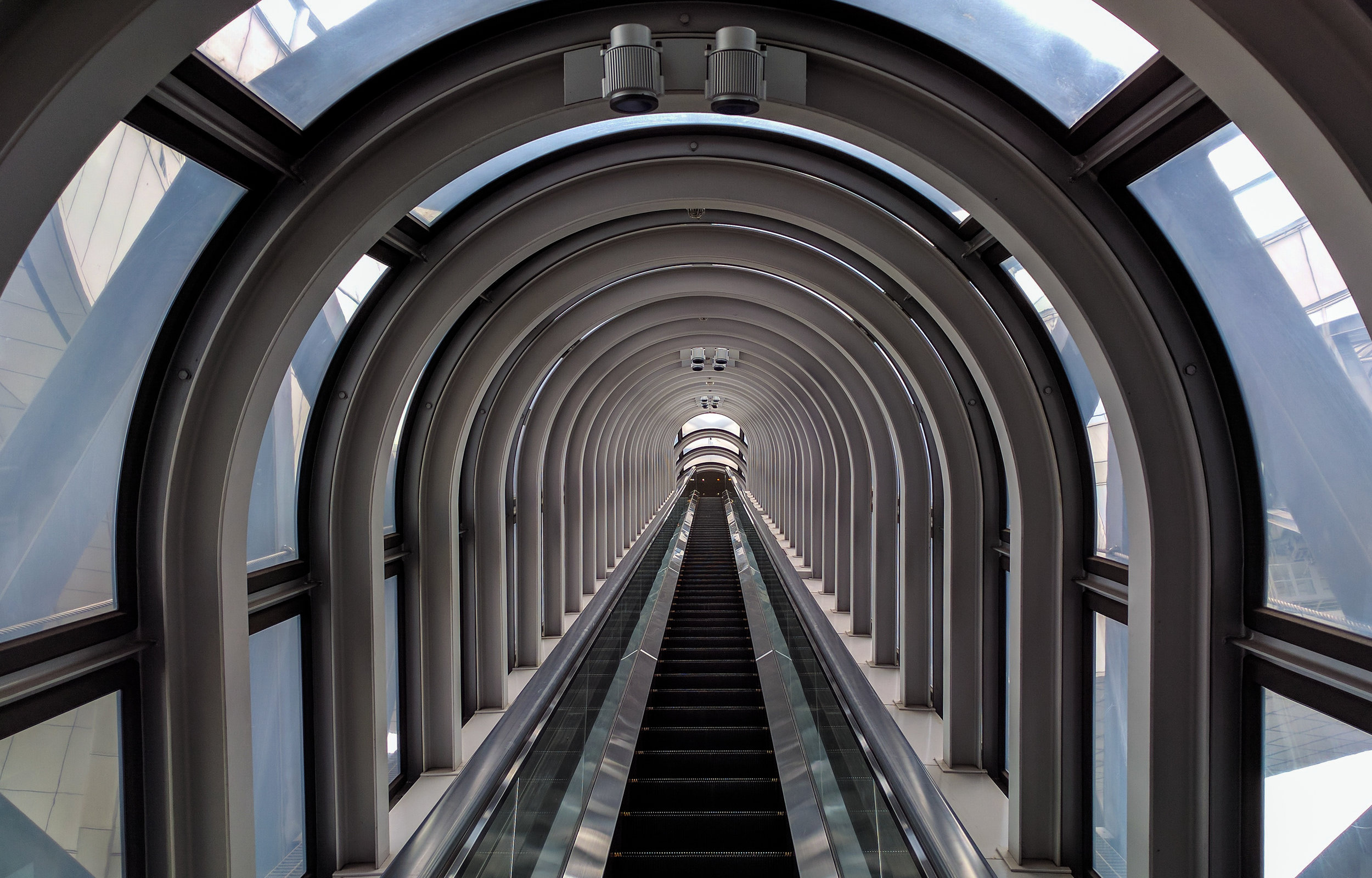The Old and New of Japan, pt. 1: Osaka
If Tokyo is an introductory lesson on Japan of massively grand scale, perhaps nothing better exemplifies the duality of Japanese culture than the sister cities of Osaka and Kyoto. Being only thirty minutes apart by train, visitors to Japan often gloss over Osaka in pursuit of what many believe to be a more traditional destination. Kyoto is famous for its picturesque fire-orange Torii gates and kimono-clad geisha, and rightfully so. The city is a stunning blend of historical significance and gorgeous topography. Maybe visitors feel like visiting Tokyo alone will help them get their “city fix.” Whatever the reason, many miss Osaka, but to not visit this city is to miss out on one of the most welcoming places in Japan. Visiting Kyoto is an absolute must, as is Tokyo, this I agree with on all accounts. But this is a city that prides itself on its hospitality, accessibility and food; one cannot overlook Osaka, the “Kitchen of Japan.”
Choices abound in Dotonbori in Osaka
The first thing you’ll notice when arriving in Osaka is that everyone stands on the escalators to the right. One small difference from Tokyo, with such a large impact, is analogous to how Osaka views itself when compared to its larger and more famous sibling to the east. While Tokyo is known for its seemingly impenetrable and expensive Michelin-star-obsessed foodie culture, Osaka likes to open its doors to its visitors, showering its guests in affordable, high-quality consumables in surprisingly casual settings. Change, so it seems, can be a very good thing. While I love Tokyo’s unparalleled number of high end restaurants, it’s easy for the fatigue of being an outsider to settle in. For every door open to the adventurous in Tokyo, there are another dozen that will remain forever closed. That is most certainly not the case here.
The primary thing on the minds of Osakans in the know is food, with the only competing thought the nagging question of where to drink tonight. From our centrally located hotel, the stellar InterContinental Osaka, it was a mere five-minute subway ride to an excellent launching off point for both endeavors. Dotonbori is famous for its five-story tall Glico running man neon sign, various mechanized monstrosities such as the Kani Doraku crab adorning store fronts and enticing tourists into their food dens, and the canal, around which dozens of some of the best street food vendors in the world congregate. Arrive with an empty stomach and I promise that you will leave here happy. There is takoyaki, which some regard as the city’s signature treat. It is a ball of batter cooked in a cast-iron griddle stuffed with octopus, pickled ginger and green onions. Then there is my personal favorite, yakitori, tender skewered meats grilled over charcoal fires, seasoned to perfection. And then there is okonomiyaki, a Japanese pancake filled with meat, onions, octopus, squid or shrimp; the list goes on, and it's the stuff street food dreams are made of. Even the aforementioned crab beckons diners to its doors, serving crab legs smoked over charcoal, a compulsory addition to your now rapidly growing waistline.
Store fronts beckoning for patrons in Osaka
Fugu, or poisonous blowfish, is easily identified by the giant paper blowfish hanging out front.
Now this isn't to say that Osaka lacks fine dining, as nothing could be further from the truth. A nearby city is quite famous for a product that has worldwide fame, Kobe. Known in Japan as wagyu beef, this most special of meats comes from the Tajima cattle and is renowned for its marbled tenderness. If time doesn't allow for a quick train ride out to the mecca of beef, Osaka has many options for us carnivores. Steak Ron, in Umeda, serves this delicacy teppanyaki style, with expert chefs cooking the steak to order table side. Do yourself a favor and order from one of their set menus, sit back with a red from their extensive collection, tie the included bib around your neck, and watch the masters cook up your perfect cut. When your experience inevitably, and sadly, comes to an end, you can leave through the back door, spilling out food-drunk into the alley, ready to take on Osaka's bustling nightlife. Or you can go take a nap. The choice is yours. But honestly, just follow the locals to any number of safe yet exciting neighborhoods and you will have a night of drunken revelry that can easily hold its own against Tokyo.
Wagyu beef at Steak Ron in Umeda
I woke up with a Kirin and wagyu hangover, still jetlagged and a fair bit confused as to which city I was in, but I was coddled in feather-soft linens as I gazed out over Osaka from the 25th floor of the InterContinental. Room service was a quick and easy cure for my self-inflicted ailments, and with my mind and body almost back to normal, we headed to the nearby Umeda Sky Building. The name is a misnomer, as it is actually a towering duo of structures that are connected at the top with an elaborate spiderweb of observation decks and escalators that throw you out over the forty story chasm between them. The view from the top is breathtaking, a 360-degree view of the city, bay, and surrounding mountains, and it's open to the air. It only improves as the sun sets over the water and the city lights start to burn to life. Osaka is a bit more condensed than Tokyo, and it shows in its jewel-like nighttime skyline.
Room service at the InterContinental before heading to Umeda Sky Building
When you've had your fill of fried street meats, sake and stratospheric views, take a quick glance at your map. There are many world class facilities worth visiting, all beautifully connected through fast, clean and efficient public transportation. But this is Japan, so you already knew that. So what should you do? Well, you could go see the whale sharks in the world-class Osaka Aquarium Kaiyukan, famous for it's large deep water central tank, and then ride up the 330 foot Tempozan Ferris Wheel right next door. For some history, the gorgeous red and green trim of the Shitenno-ji temple, considered one of the first Buddhist temples in Japan, contrasts beautifully with the white stone zen gardens that surrounds it. The area around the InterContinental is comprised of the aptly named Grand Front Osaka, a collection of shops, coffee houses and restaurants that can entertain for days without making you take even a single step outdoors. And if you have kids there is even a Universal Studios, it's Harry Potter Hogwarts exhibit visible from most of the city.
Quite frankly, after spending time in Osaka you have to wonder why this beautiful, exciting port city of nearly three million people goes largely unnoticed to the international tourist. There is exceptional food and a vibrant night scene that is easily accessible to foreigners, intricate temples and shrines dot the map, and the people are extraordinarily friendly, eager to show off their city to anyone who will visit. Tokyo and Kyoto will always top the itineraries of visitors to Japan, but don’t do yourself a disservice and write Osaka off as just another city, as so many often do. It is a dynamic, sprawling and yet intimate display of some of the best that Japan has to offer. As I walked to the Umeda train station to head northeast to Kyoto, a pang of bittersweet emptiness hit me in the stomach, a gentle reminder of my time here; a feeling of what I imagine to be a lingering hunger for the deliciousness of its food and the warmth of its people.
- C












